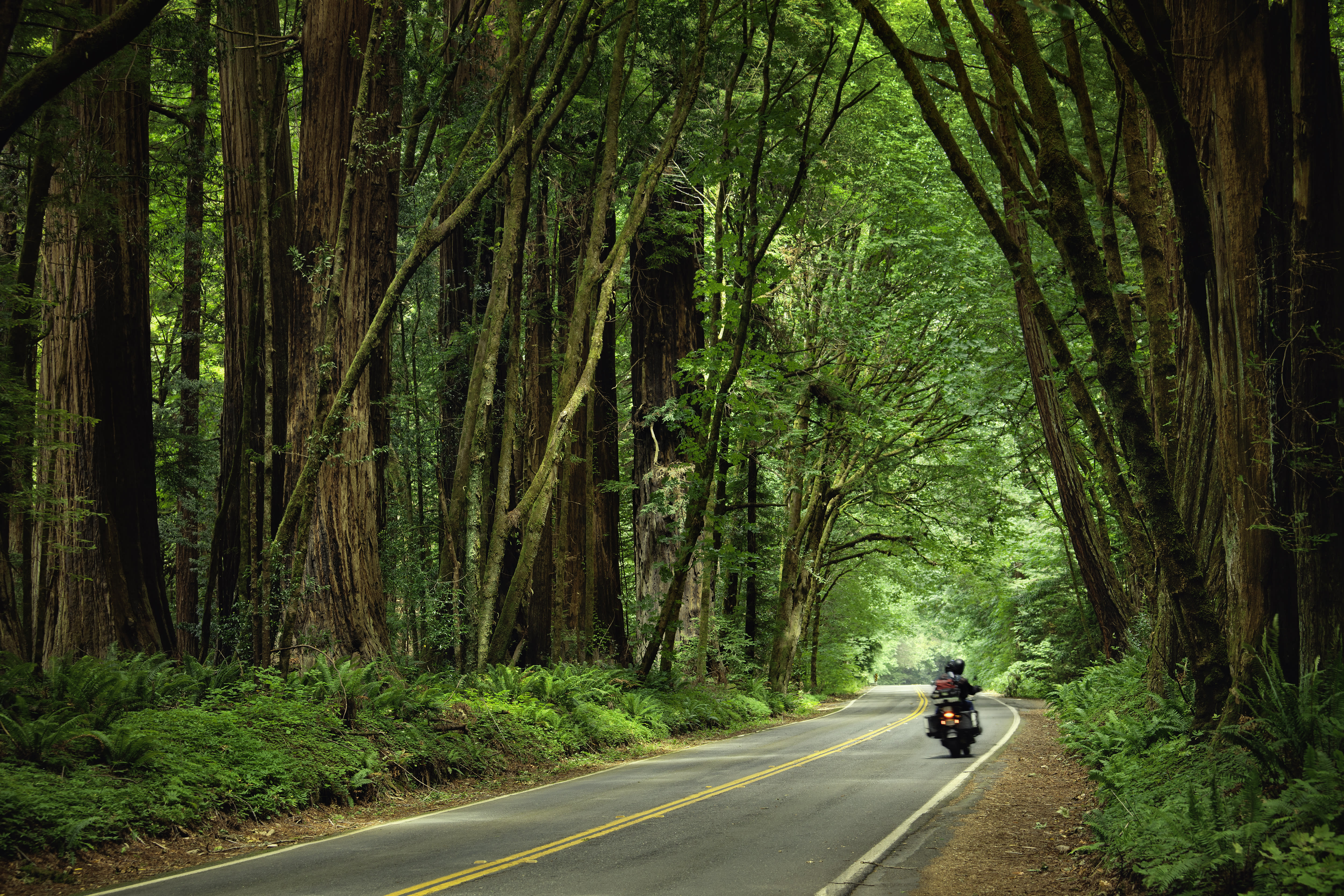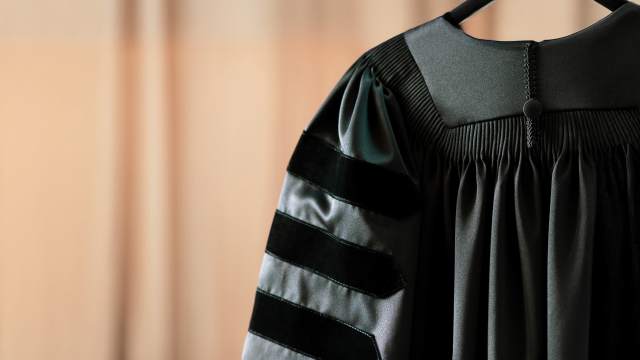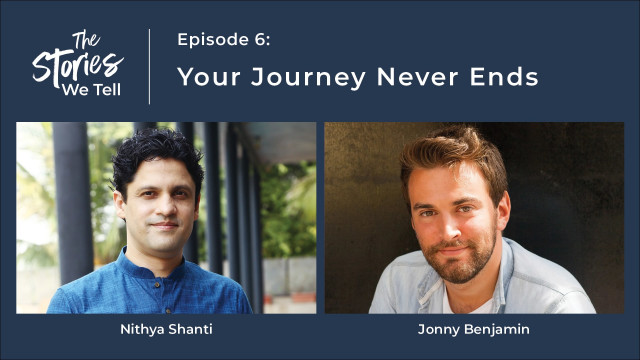Here’s How I Teach Compassion

Longtime meditation practitioner Jon Aaron has been teaching for more than a decade, specifically mindfulness, mindfulness-based stress reduction (MSBR), and insight (Vipassana) meditation. Here, he talks about the power of retreat, learning to get out of his way, and the mindful vigilance that comes with riding a motorcycle.
Q: How did you become introduced to meditation?
A: I started in college with transcendental meditation, which I did for several years on and off. At times, I found it reasonably helpful, then dabbled in various forms for the next 20 years, not taking anything too seriously. It wasn't until the late '90s that I started to see habitual patterns in my relationships, which made me look a little more deeply into mindfulness.
I opted to go on a retreat at the Insight Meditation Society in Massachusetts, and that was the turning point — having those nine or ten days in silent retreat with good teachers.
What brought me to the door of a meditation center? Recognition of the possibility to change the habits of my mind through meditation.
Q: What does your daily meditation practice look like?
A: Much of my practice is now teaching, which is a form of training in itself. I meditate between 30 and 40 minutes a day, twice a day, and do mindful movement yoga to loosen my body and feel comfortable sitting.
I've also started integrating a certain level of mantra practice; I'm still kind of getting in that habit to see what happens. It isn't something I would teach, but my daily routine is evolving in this current world.
It's also essential to find time for my retreat, so I like to get away or shut everything down for a week. I've done that a couple of times since we've gone into quarantine — it's harder than it used to be because of travel restrictions, but if I don't have that time once or twice a year, I feel it pretty quickly.
Q: What is the most significant benefit you've received from meditating?
A: A certain level of freedom from stress, meaning the ability to be with things as they are and to allow life to unfold and not get in my way. That is by far the most significant benefit — learning to get out of my way. I've gained an ability to sit with suffering, both my own and the suffering of others.
Q: What do you like to focus on in your classes?
A: I generally approach my mindfulness-based stress reduction teaching from the place of self-compassion. It's not specifically a self-compassion class, but I see awareness and presence as compassion.
When I'm teaching a dharma class, regardless of what particular teaching I might be working with, it's always from the place of seeing where we become obstacles to our progress and where the mind is an obstacle to compassion's natural ability to arise.
Compassion is there, and we put up boundaries all the time — internally and externally — that keep the compassion from coming forth. I suppose if there's one thing I like to teach, it's compassion as our natural way of being.

Q: Other than meditation, what tools do you use to feel your best?
A: I have a motorcycle, and I like to take long motorcycle trips by myself or with one friend. Something is freeing about that, and there's also a mindful vigilance in riding. I don't necessarily think of it as a meditation, but something about it has become important to me.
Try this class, Self-Compassion Meditation to Relax by meditation teacher Lisa Kring, as you begin on your journey of self-compassion.
Header photo: Electravk/istock/Getty Images Plus





